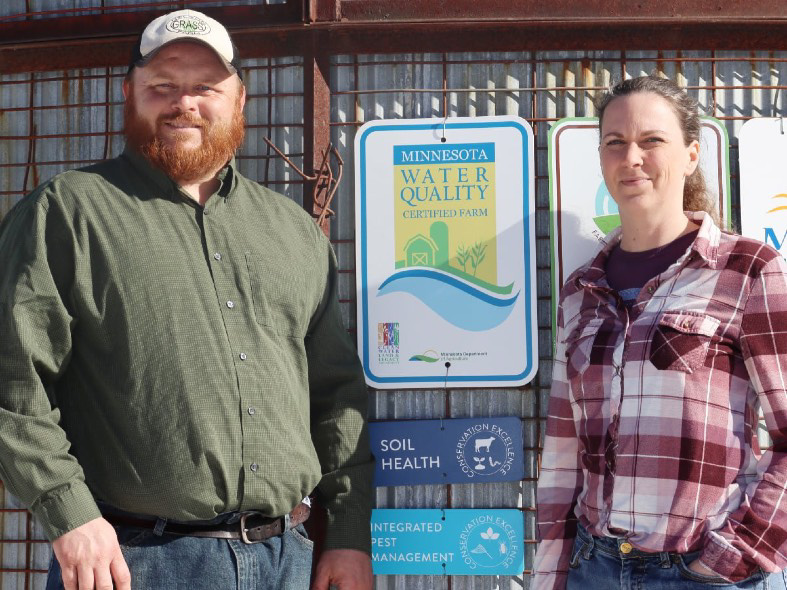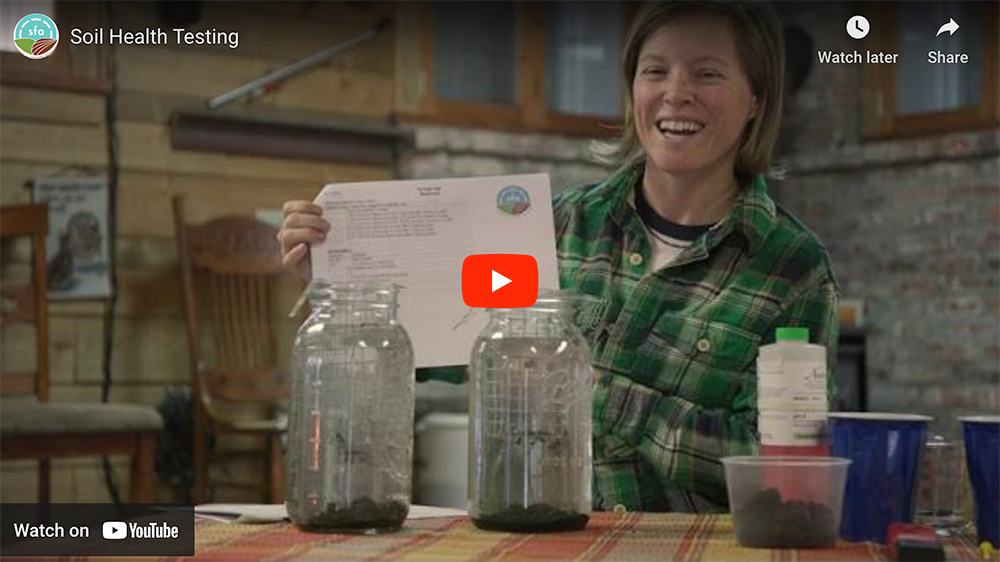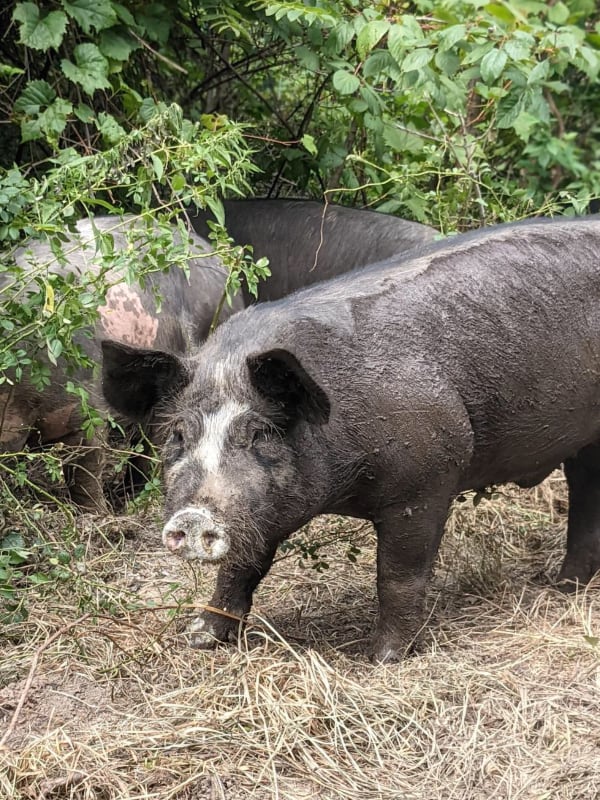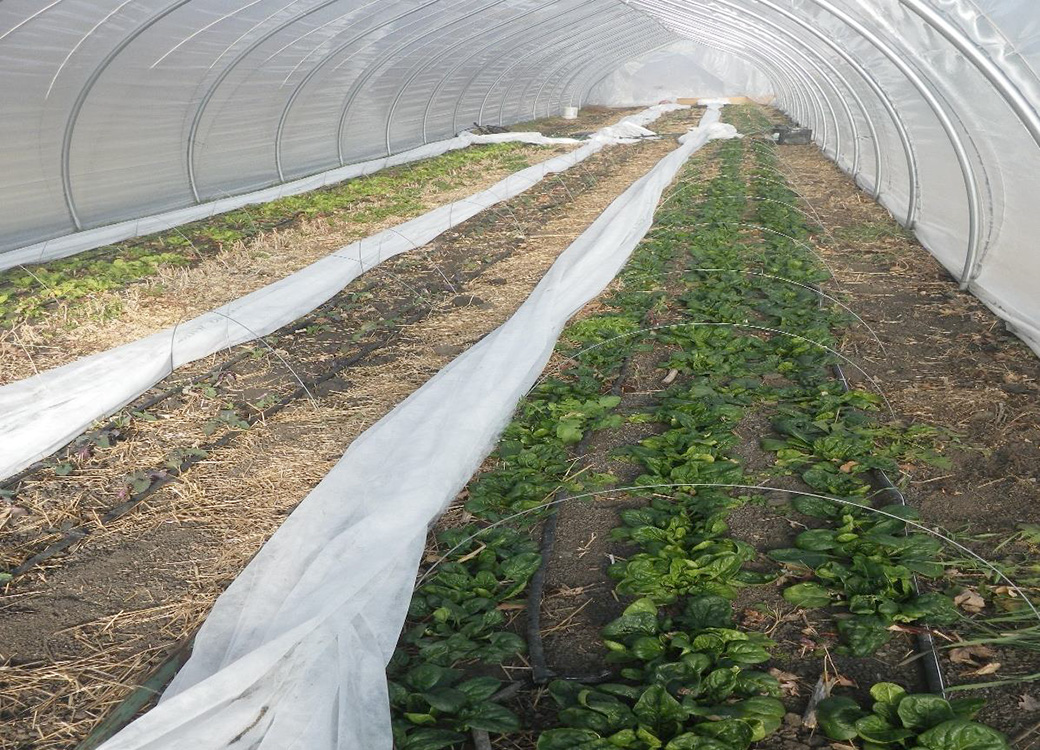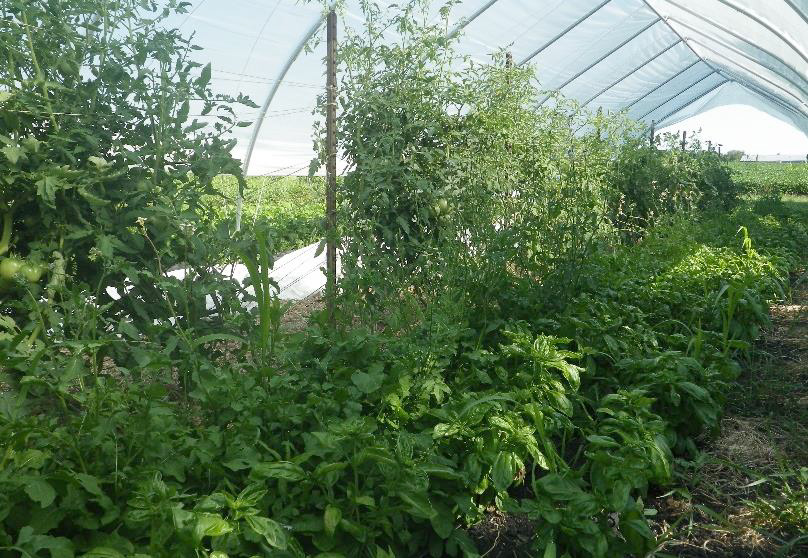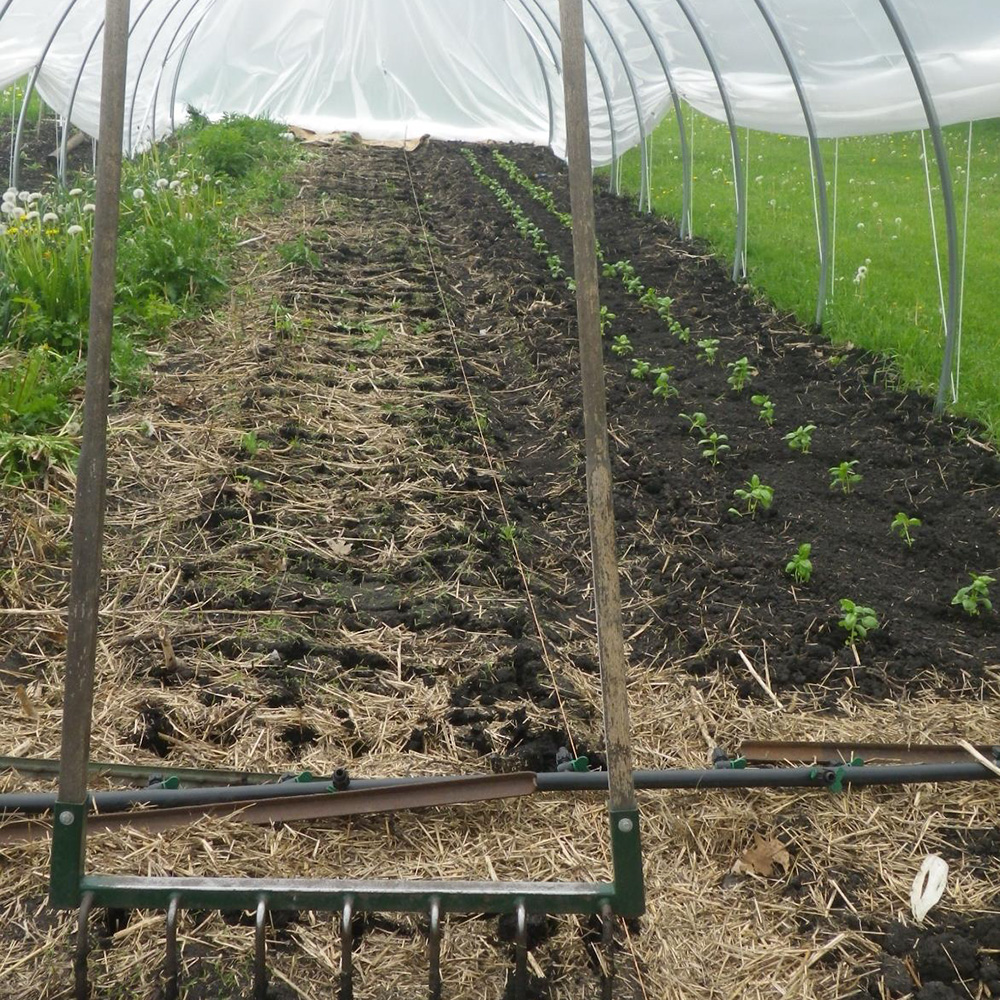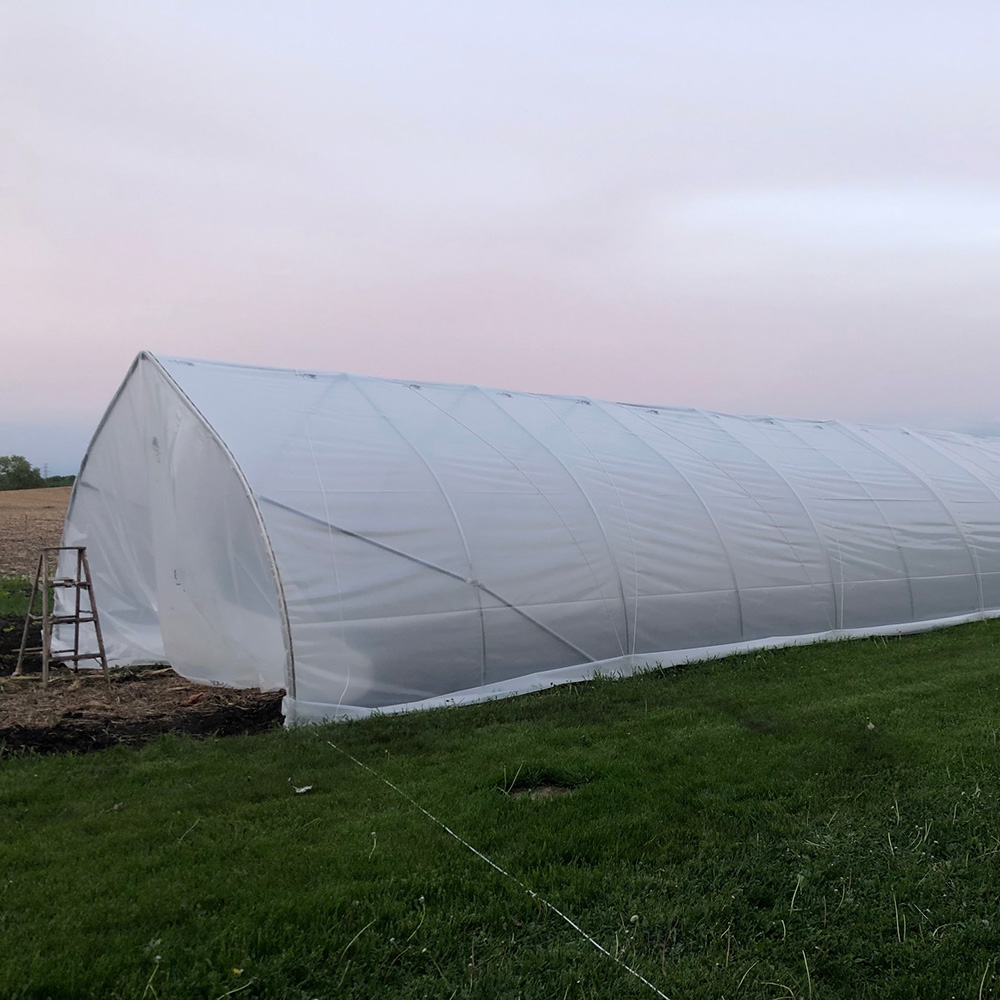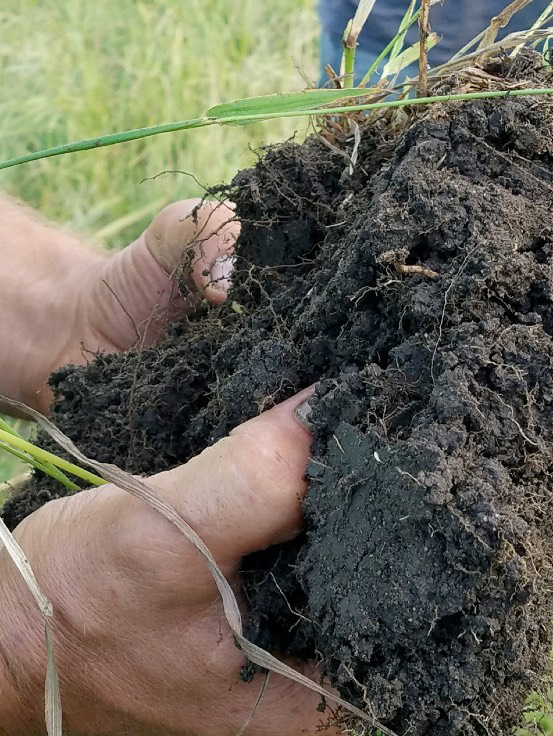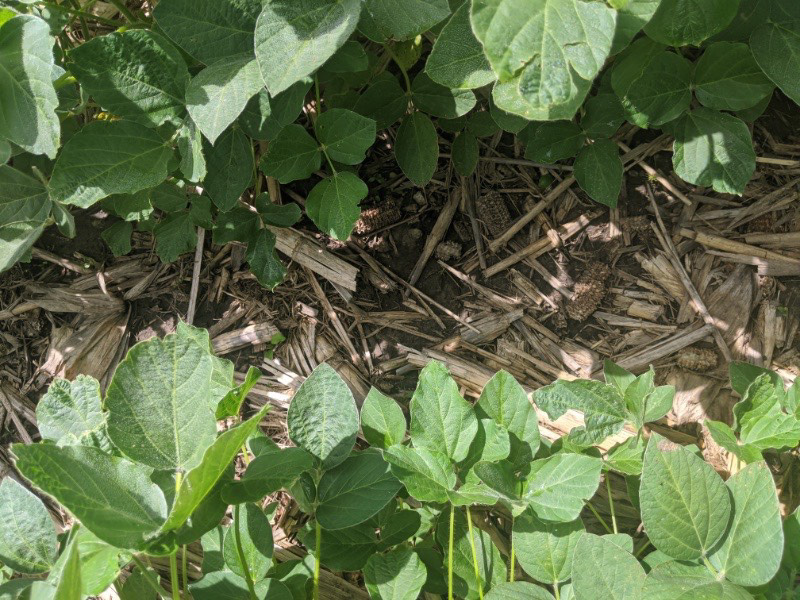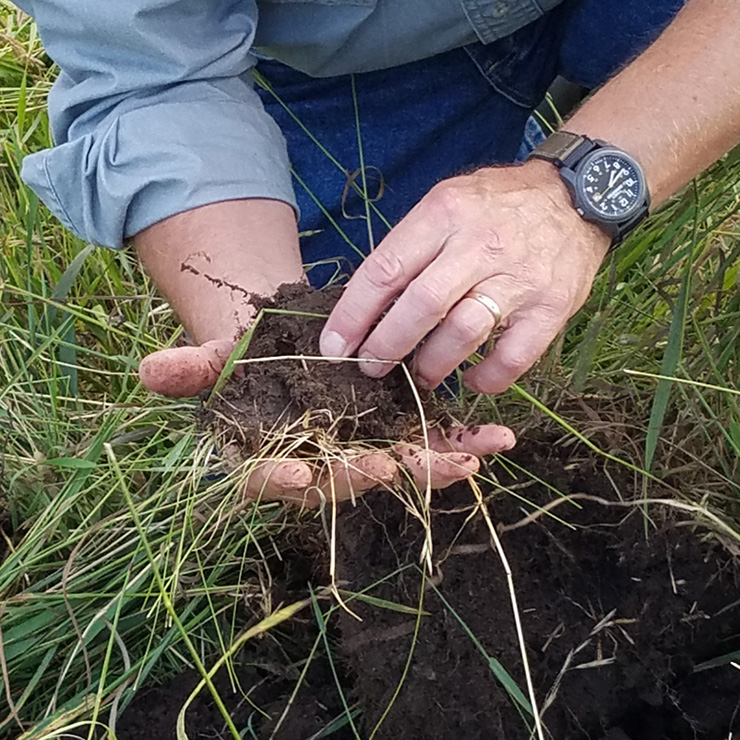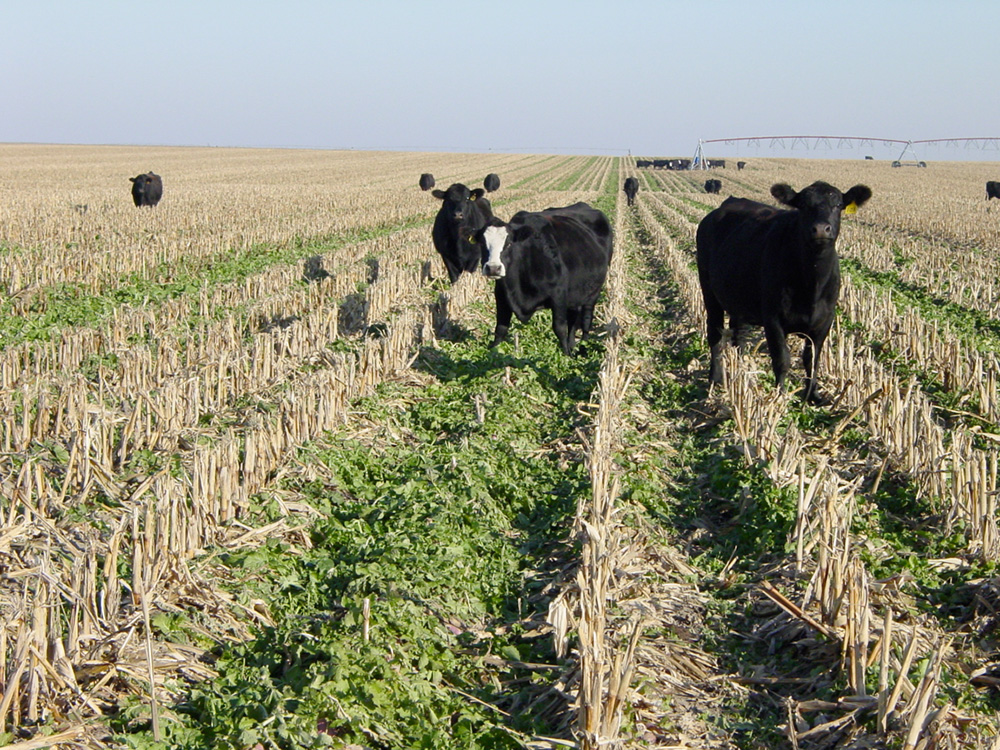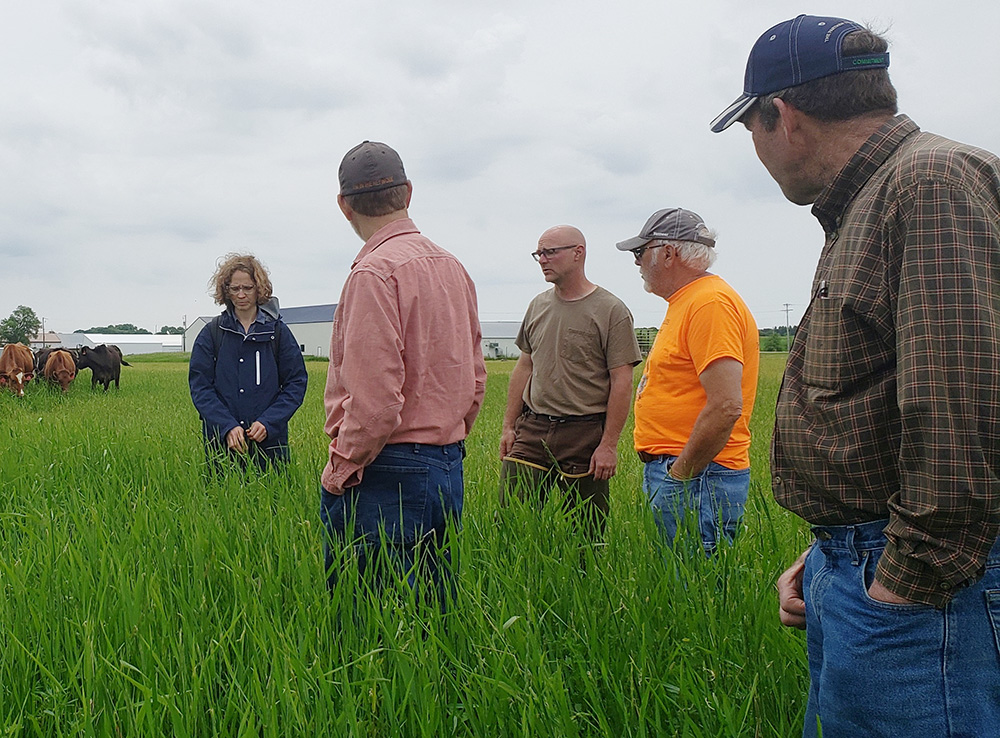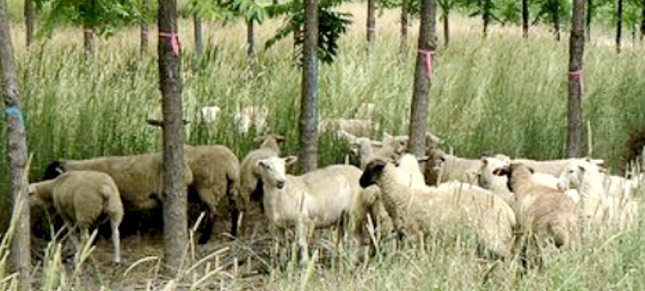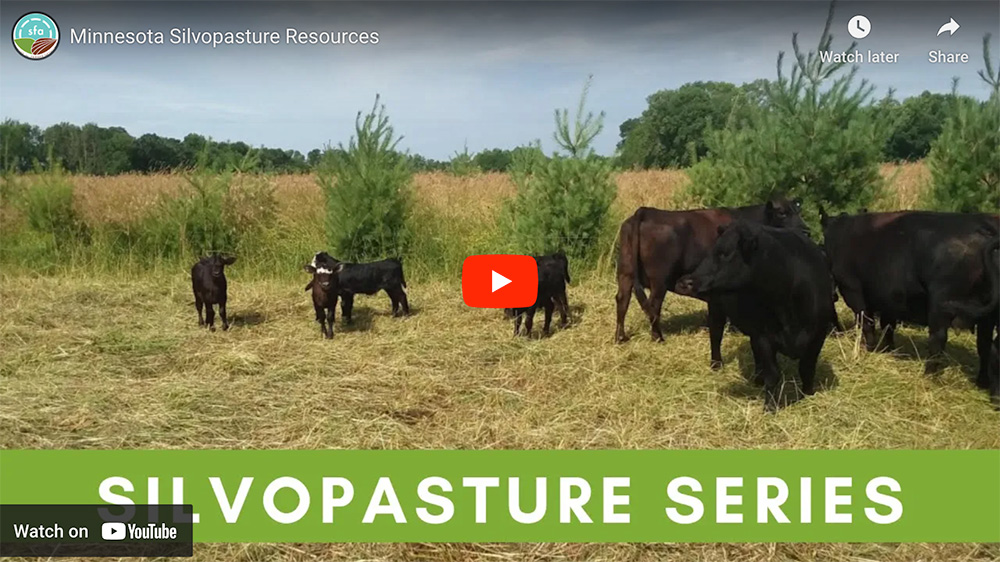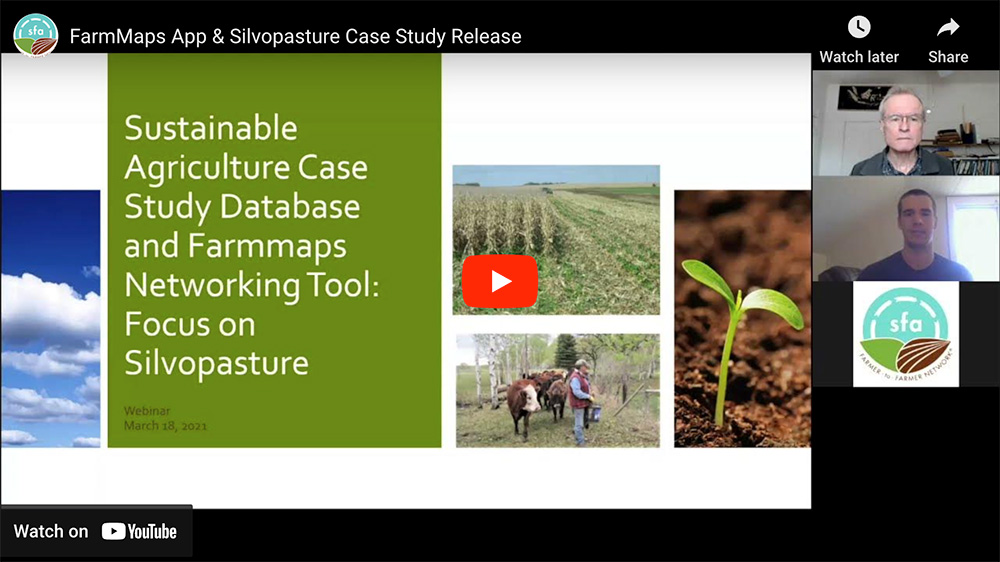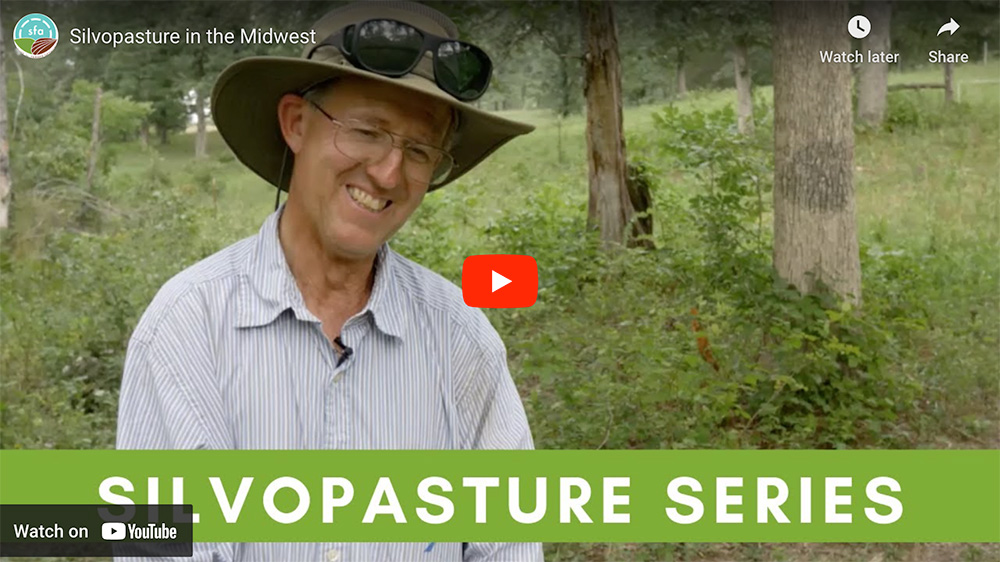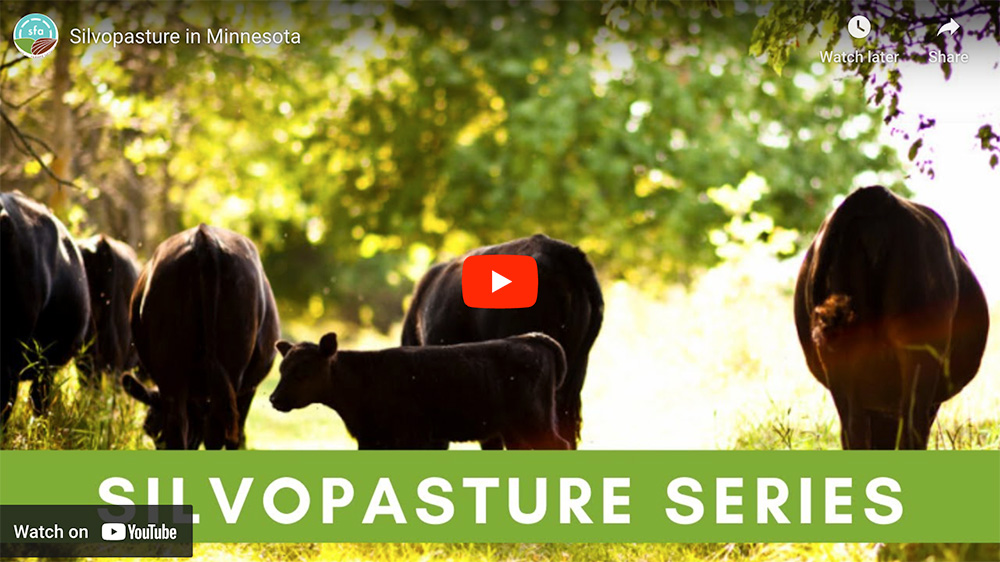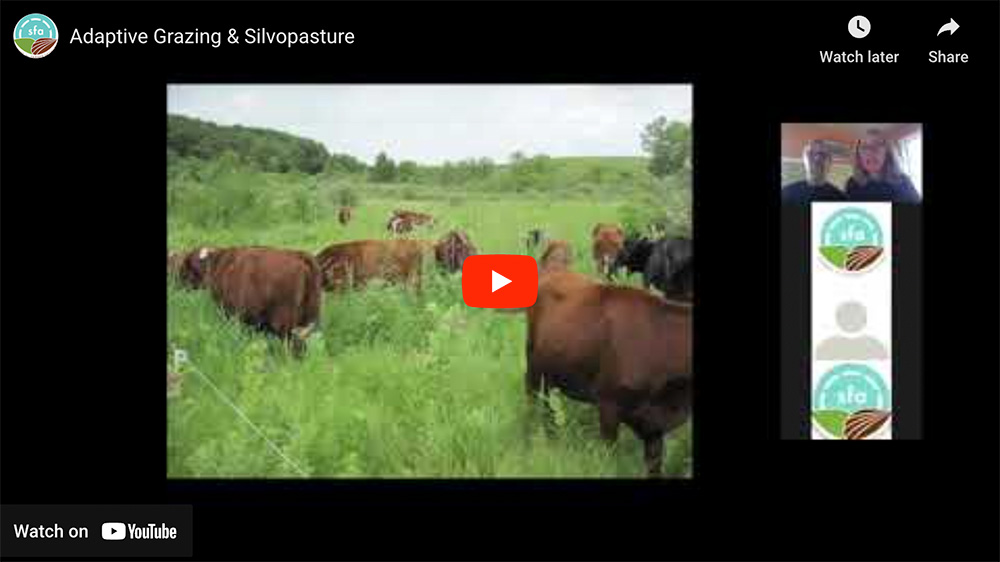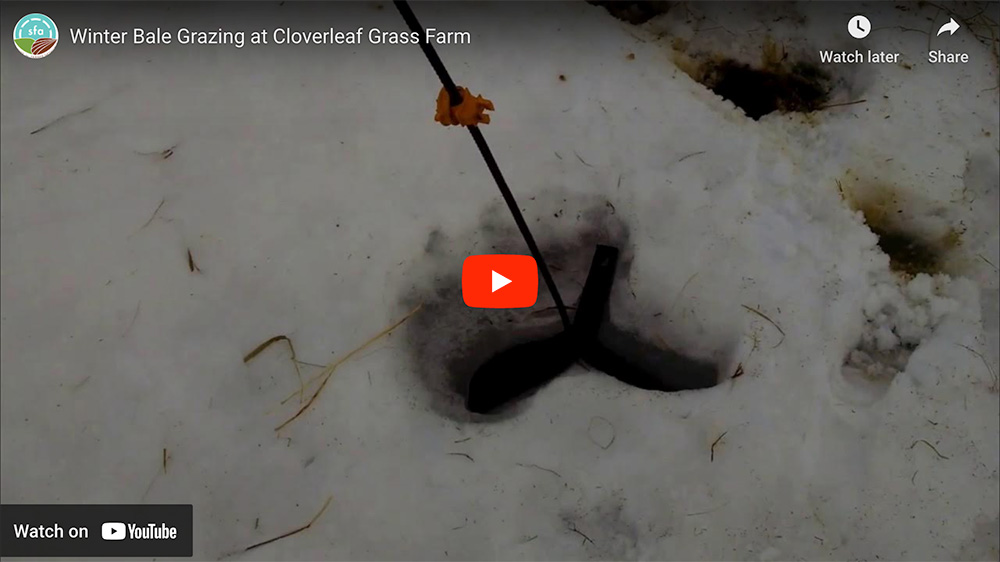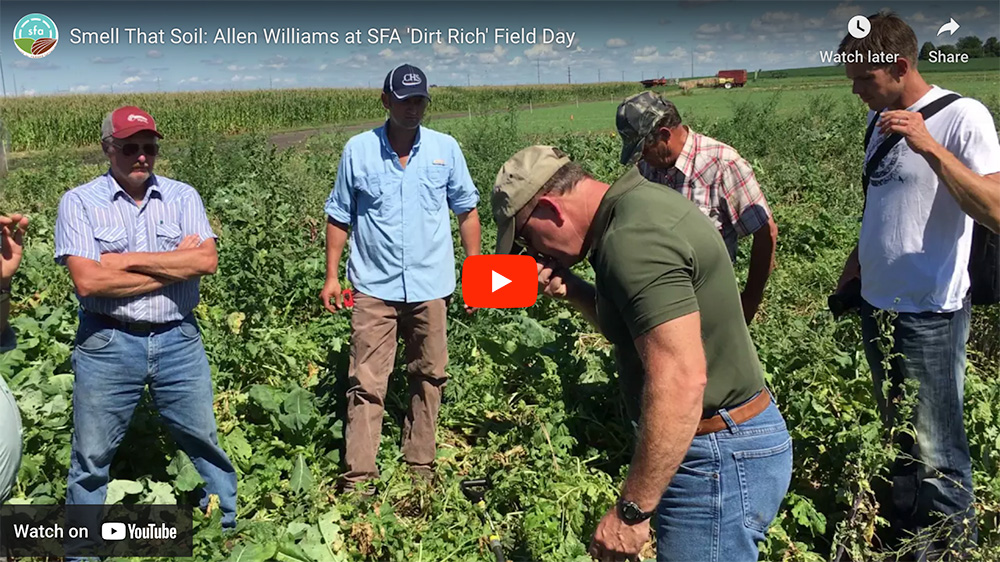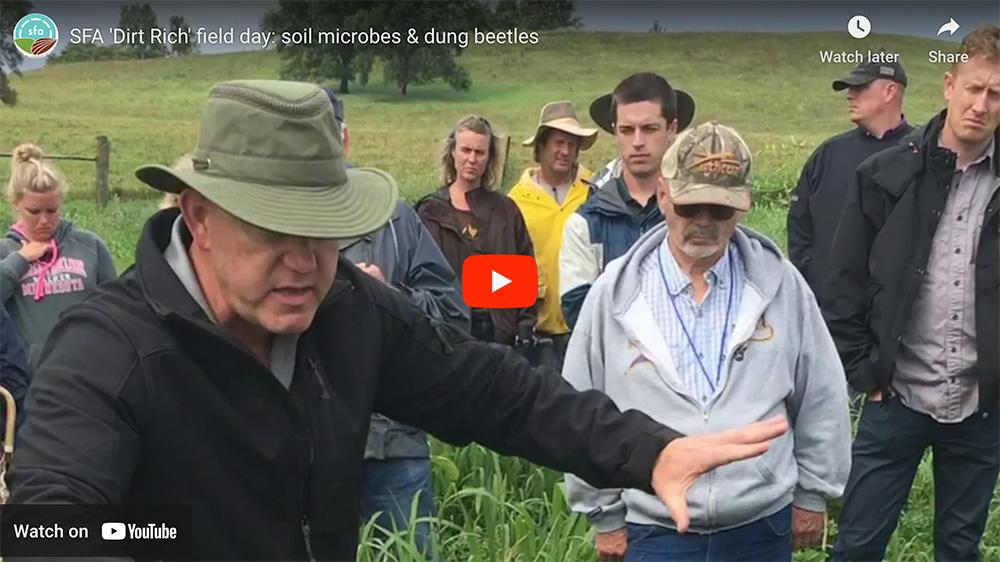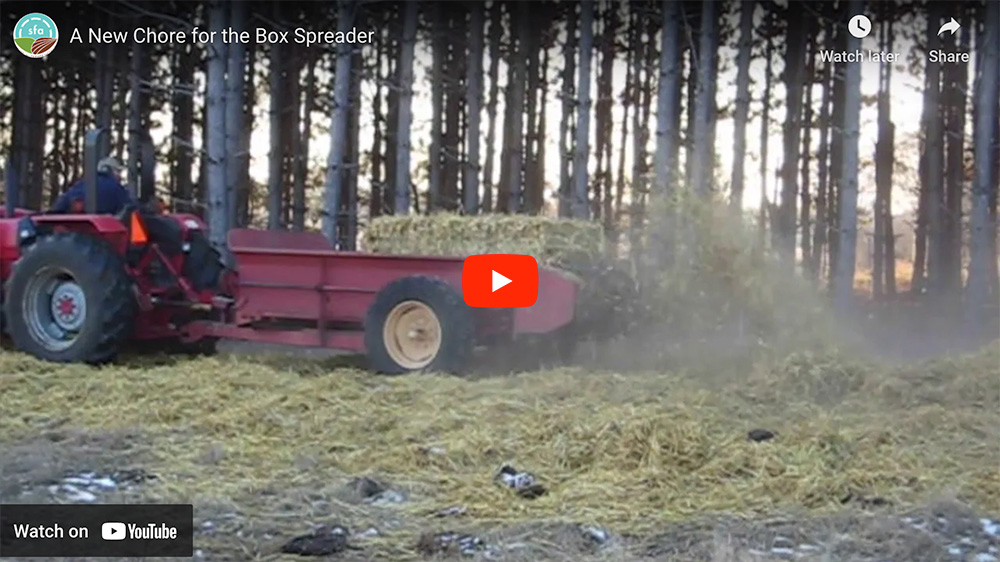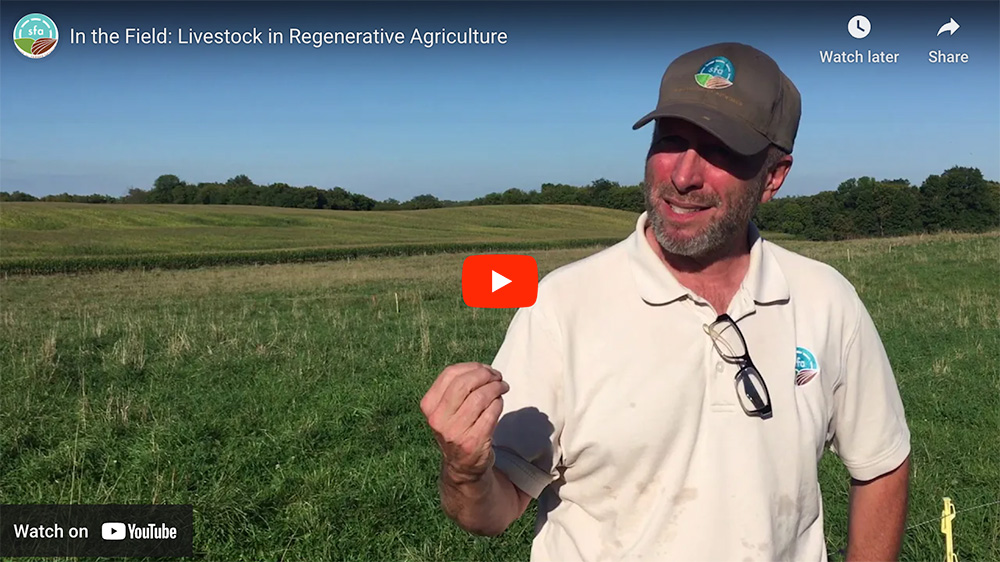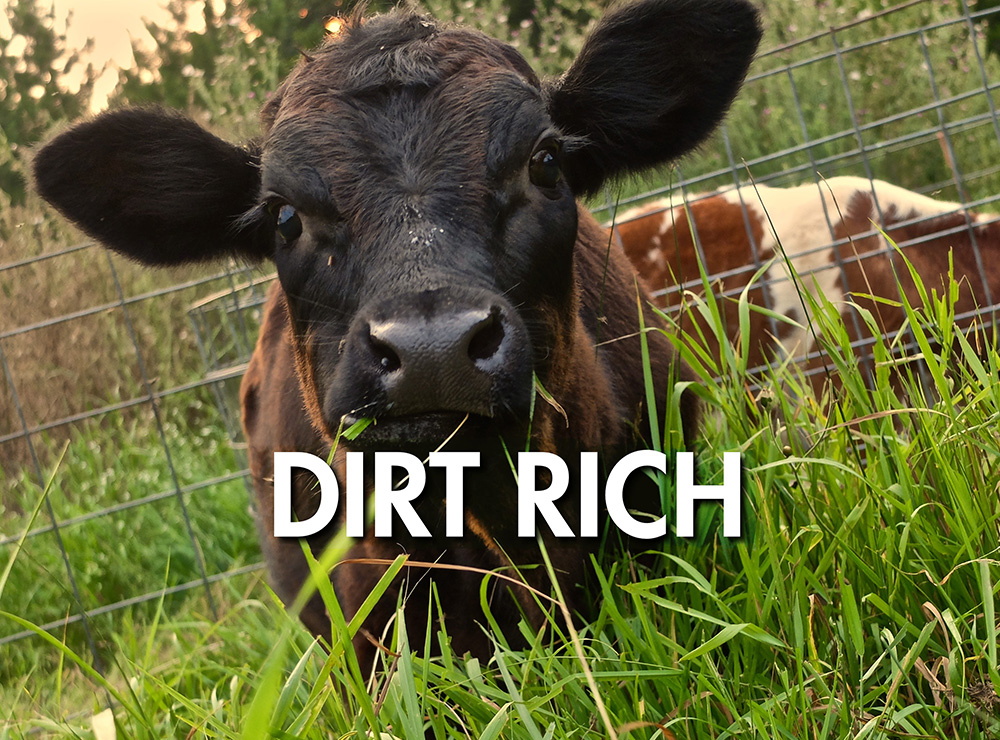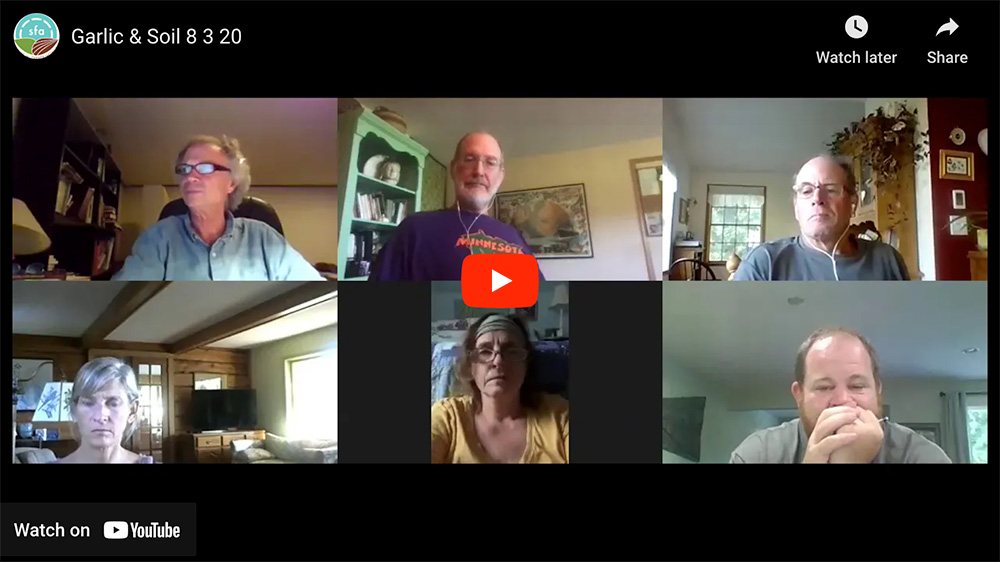Soil Health
Soil health is the foundation for everything we do
At SFA, we believe that the soil is fundamental to our existence. Our health, wealth, and future depends on the ecosystem beneath our feet known as soil. The foundation of our work is promoting agricultural community and prosperity through soil health.
We build on the foundation of soil health by providing consulting and technical assistance as well as educational and networking opportunities to farmers and landowners in the areas of cropping, dairy, grazing, silvopasture, and fruit and vegetable production.
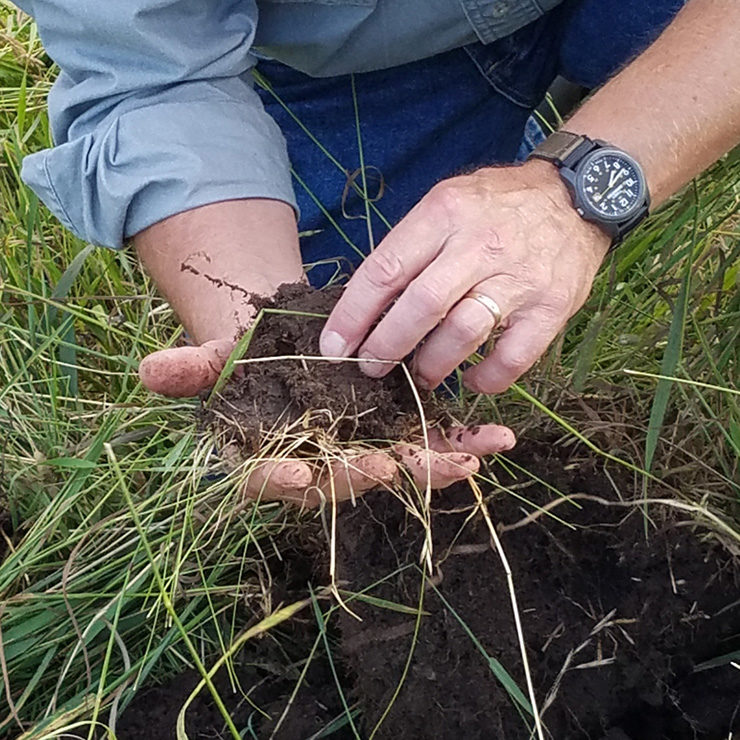
Principles of Soil Health
Soil Health Events
Check back for upcoming soil health events!
Soil Health Links
Soil Health Test Kit
If you would like to get better acquainted with your soil you can do some simple tests at home to gain insight into soil structure and biological properties. See the Soil Health Toolkit for directions on how to do 4 soil health tests and then use the Soil Health Report Card to record the data and see your progress over time. Thank you to Sarah Lindblom of the Crow River Chapter for creating these useful tools!
Soil Health Test Kit Directions
Soil Health Tests on our Dirt Rich podcast series - Episode 47: Four DIY Soil Health Tests with guest Sarah Lindblom. Listen to Dirt Rich at the link or wherever you get your podcasts!
See each of these soil health tests demonstrated by Sarah in this video created by Mitch Kezar of Kezar Media.
Soil Health Resources
- All
- Case Studies
- Fact Sheets & Reports
- Podcasts
- Videos
- Webinars

